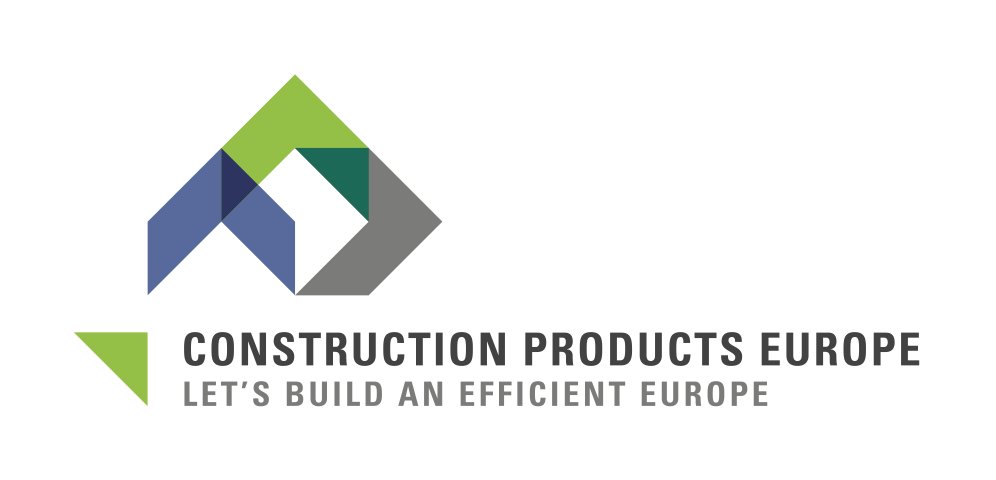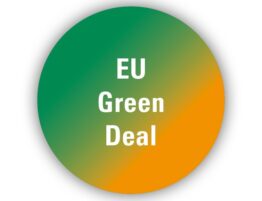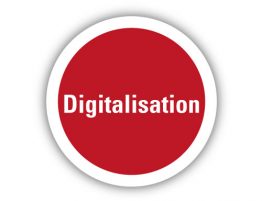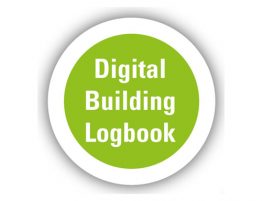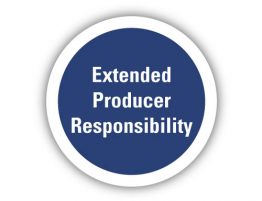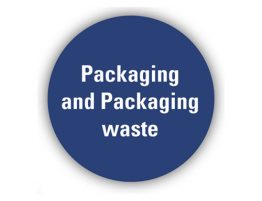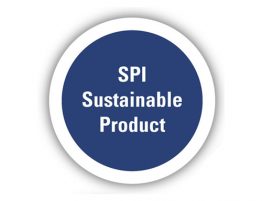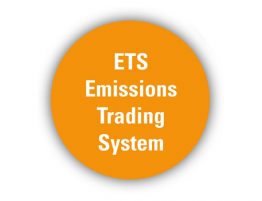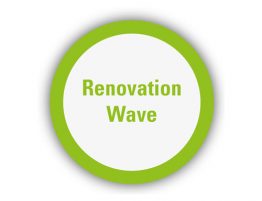The European framework for sustainable buildings – Level(s)
Level(s) is a methodological European framework for the assessment and reporting of the sustainable performance of buildings across their whole lifecycle. Level(s) is not directly linked to any policy but it is used in the context of the Sustainable finance taxonomy and is expected to be the reference methodology in National regulations dealing with the sustainability of buildings, to be used in other regulations at European level and to become the basis for the future EC Green Public Procurement criteria for offices and schools.
The framework offers three levels of complexity for the assessment level 1 being a basic assessment and level 3 the most complex and detailed. In any of the levels, the methodology addresses sustainability in three areas:
- Resource use and environmental performance during a building’s lifecycle
- Health and comfort
- Cost, value, and risk
Every area is developed using macro objectives which are assessed using indicators. One of them is the Life cycle Global Warming Potential of the building which is calculated at the highest level using Global Warming Potential indicators from Environmental Product Declarations developed according to EN 15804+A2 and applying the rules in EN 15978. The framework could be more ambitious and request the assessment of the full list of indicators available in EPD, but for the moment it is only an optional assessment. Future revisions are expected to demand a complete assessment.
Level(s) is a scientific, harmonised and transparent methodology
with the potential to mainstream sustainability building assessment
The specific indicator on use stage energy performance is connected to the implementation of the Energy Performance of Buildings Directive in every country and at the highest levels consider construction quality and occupants behaviour.
Level(s) can be used by investors, owners and occupants as a decision-making tool to improve the total impact of the real state not only taking into consideration the environmental impact, including energy efficiency and water use, but also indoor air quality thermal comfort and cost.
The impact of this framework is shown by the support of the whole value chain, several Member States Regulators and stakeholders such as the World Green Building Council Europe and some Member State regulators who trust the harmonised approach to be the best way to mainstream building sustainability assessments. Manufacturers, architects and other stakeholder in the construction chain welcome this European Commission initiative and promote its use as a reference for the assessment of buildings in national regulations.
The potential of Level(s) could be unleashed by developing IT tools linking product specific EPD data provided by manufacturers instead of using sectoral data or third party data. This would also allow evaluating different solutions/combination of products at building level, thus identifying the optimal solution and preventing biased or false product to product comparisons.
Thematic areas
Macro objectives
Indicators
Resource use and environmental performance
1. Greenhouse gas
emissions
along a buildings
life cycle
2. Resource
efficient and
circular
material
life cycles
3. Efficient
use of
water resources
1.1 Use stage energy performance [kWh/m2/yr]
1.2 Life cycle Global Warming Potential [CO2 eq./m2/yr]
2.1 Bill of materials [kg]
2.2 Construction & demolition waste [kg/m2]
2.3 Design for adaptability
2.4 Design for deconstruction
3.1 Use stage water consumption
[m3/occupant/yr]
Health and comfort
4. Healthy and
comfortable
spaces
4.1 Indoor air quality
4.2 Time out of
thermal comfort range
Cost, Value, and Risk
5. Adaption and resilience to climate change
6. Optimised
life cycle cost
and value
5.1 Scenarios for projected future climatic conditions
6.1 Life cycle costs [€/m²/yr]
6.2 Value creation and risk factors
List of indicators in Level(s)
